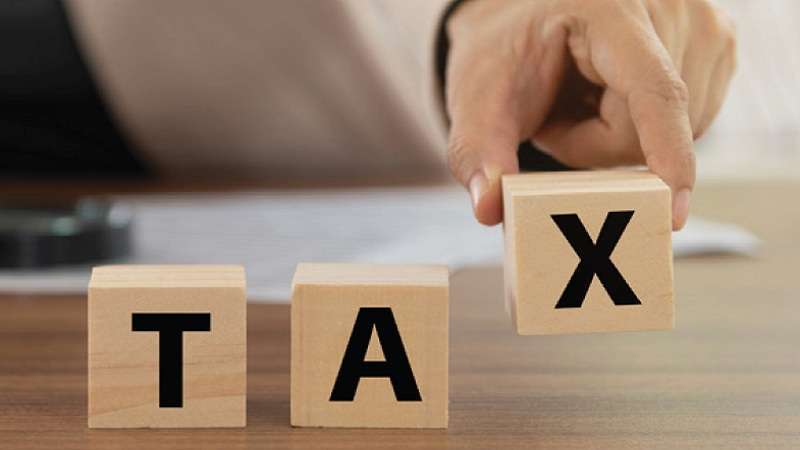Islamabad, August 28, 2023 – In a move aimed at providing clarity and consistency in tax calculations for businesses across Pakistan, the Federal Board of Revenue (FBR) has announced updated depreciation rates under the Income Tax Ordinance, 2001, for the tax year 2023-24.
The updated depreciation rates are applicable from July 1, 2023.
READ MORE: Pakistan Unveils New Withholding Tax Rates on Electricity Bills
Depreciation Rates for Tax Year 2023-24
The updated depreciation rates, which fall under Section 22 of the Income Tax Ordinance, 2001, apply to various categories of depreciable assets used in business activities. These rates are as follows:
I. Building (all types): 10%
II. Furniture (including fittings) and machinery and plant (not otherwise specified), Motor vehicles (all types), ships, technical or professional books: 15%
III. Computer hardware including printer, monitor, and allied items, machinery and equipment used in the manufacture of I.T. products, aircraft, and aero engines: 30%
READ MORE: FBR Surprises Key IRS Officers with Reshuffle on Sunday
IV. In the case of mineral oil concerns the income of which is liable to be computed in accordance with the rules in Part-I of the Fifth Schedule. (b) Offshore platform and production installations: 20%
V. A ramp built to provide access to persons with disabilities not exceeding Rs. 250,000 each: 100%
Explanation of Depreciation
Section 22 of the Income Tax Ordinance, 2001, outlines the depreciation rules. It allows for the deduction of depreciation on depreciable assets used in business during a tax year. The deduction is calculated based on the specified rates in Part I of the Third Schedule and the written down value of the asset at the beginning of the year.
If an asset is used partly for business and partly for other purposes, the deduction is restricted to the fair proportional part used for business income.
READ MORE: FBR Takes Faysal Bank to High Court Over Tax Dispute
The written down value of an asset at the start of the tax year is determined based on its cost, reduced by any initial allowances or previous depreciation deductions.
In cases where buildings, furniture, plant, or machinery are used for business purposes during tax years with exempt income, depreciation is still treated as allowed, and the written down value is adjusted after the exemption period.
For assets used both for business and non-business purposes, the written down value is computed as if the asset had been solely used for deriving business income.
The total deductions for an asset’s ownership period cannot exceed its cost.
Upon disposal of an asset, depreciation deduction for that year is disallowed. The difference between consideration received and the written down value is either taxed as income or allowed as a deduction in the income from business.
The cost of certain assets, like passenger transport vehicles, immovable property (excluding land), and assets leased to others, has specific rules for computation.
READ MORE: Three Customs Officials Dismissed Over Involvement in Mega Clearance Scam
Depreciable Asset Definition
A depreciable asset, as per Section 22, includes tangible movable property, immovable property (excluding unimproved land), or structural improvement to immovable property, owned by a person. It should have a normal useful life exceeding one year, likely to lose value due to wear and tear or obsolescence, and used wholly or partly for deriving income from taxable businesses.
Additionally, structural improvement to immovable property includes various infrastructure elements like buildings, roads, and pipelines.
The FBR’s updates also clarify the treatment of depreciable assets jointly owned by taxpayers and Islamic financial institutions under Musharika financing arrangements.
These updated depreciation rates and explanations provide businesses and taxpayers with a comprehensive framework for calculating and claiming depreciation deductions in the upcoming tax year, promoting transparency and compliance in the taxation system.
